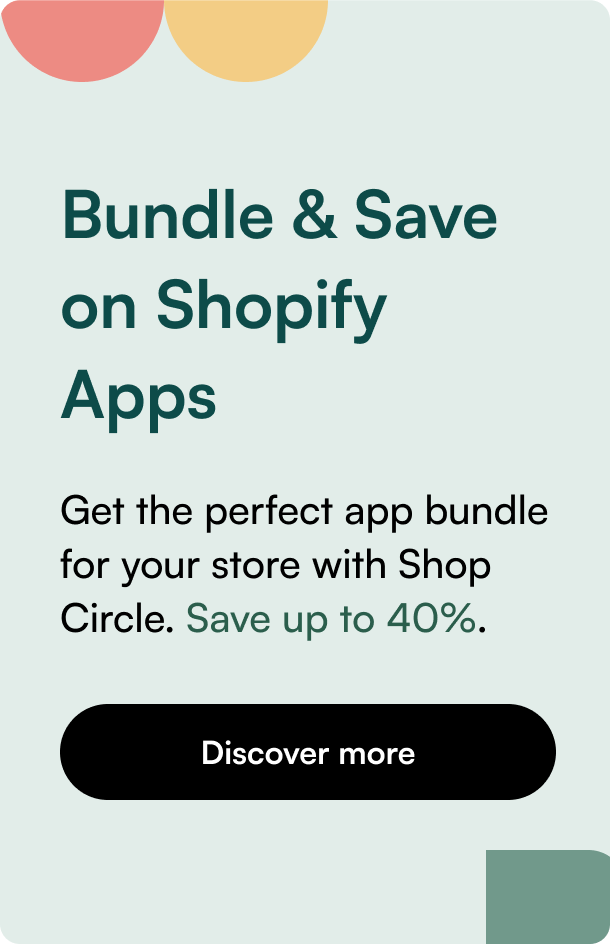Table of Contents
- Introduction
- Setting Up Sale Prices
- Enhancing Sale Visibility
- Utilizing Apps for Advanced Discount Features
- Maximizing Sales Through Effective Discount Strategies
- Conclusion
- Frequently Asked Questions
Introduction
Have you ever stumbled upon a Shopify store, noticed a great deal, and thought to yourself, “That’s a steal!”? The thrill of snagging a bargain is unparalleled, and as a store owner, showcasing those deals effectively is crucial to not just attract customers but also to increase sales. This guide takes you through the nitty-gritty of how to show sale price on Shopify, turning your online store into a bargain hunter’s paradise.
At the heart of every successful sale is not just the discount itself, but how it's presented to the shopper. With that in mind, this blog post will show you not just how to set sale prices on Shopify, but also how to make them stand out, encourage purchases, and overall, enhance your store’s appeal. Whether you're a seasoned merchant or just starting out, these insights will help you leverage the power of discounts and drive your store's success.
Setting Up Sale Prices
Shopify simplifies the process of showcasing sale prices through the “Compare at Price” feature. This functionality allows you to display both the original and sale prices, making the discount immediately apparent to customers. Let’s break down the steps to utilize this essential feature effectively.
For Single-Variant Products
- Access the Product Details: Navigate to the ‘Products’ section in your Shopify admin and select the product you want to discount.
- Set the ‘Compare at Price’: Input the original price of the product in the ‘Compare at Price’ field.
- Enter the Sale Price: In the ‘Price’ field, enter the discounted price.
- Save Changes: Don’t forget to hit save to apply these changes.
When these steps are completed, your store will display both prices, with the original price struck through, indicating the sale.
For Products with Variants
If your product comes in various sizes or colors, you can apply sale prices to specific variants following a similar process. Navigate to the ‘Variants’ section of the product and adjust the ‘Compare at Price’ and ‘Price’ fields for each variant you wish to discount.
Enhancing Sale Visibility
Merely setting sale prices might not be enough. Enhancing the visibility of these sales can significantly impact your store's performance. Here are some tips to make those discounts pop:
- Use Bold Colors: Utilize bold colors for the sale price to grab attention immediately. Colors like red or orange are traditionally associated with sales and discounts.
- Employ Sale Tags: Most Shopify themes allow you to add sale tags or badges to products currently on discount. These can be customized to fit your store’s aesthetic while still standing out to the shopper.
- Leverage Social Proof: Highlighting how many people have viewed or purchased a sale item can create a sense of urgency and encourage more sales.
Utilizing Apps for Advanced Discount Features
For store owners seeking more advanced discount features, third-party apps can offer a wealth of options. From scheduling sales to bulk discounts, apps like “Easy:Sale Schedule Sales Price” provide a more dynamic approach to sales management, allowing for increased flexibility and automation.
Setting Up a Sale Using an App
- Choose Your App: Install an app that suits your needs from the Shopify App Store.
- Select Products: Define which products or collections the sale will apply to.
- Configure the Discount: Set the type and amount of discount, whether it's a percentage off, a fixed amount, or a buy-one-get-one deal.
- Schedule Your Sale: Many apps allow you to schedule sales in advance, letting you plan your discount strategy around key shopping dates throughout the year.
Maximizing Sales Through Effective Discount Strategies
Beyond the technical setup, understanding how to strategically use sales can make a significant difference. Here are a few key strategies:
- Time-Limited Offers: Creating a sense of urgency by limiting the availability of discounts can encourage quicker purchasing decisions.
- Tiered Discounts: Offering greater discounts based on the quantity purchased can increase average order values.
- Exclusive Deals: Providing exclusive discounts to newsletter subscribers or social media followers can help grow your customer base and foster loyalty.
Conclusion
Showcasing sale prices on Shopify can transform your store, making it a magnet for deal-seekers and bargain hunters. By following the steps outlined in this guide, from setting up sale prices to utilizing third-party apps for added functionality, you can enhance the shopping experience, attract more customers, and ultimately, boost your sales.
Remember, the key to a successful sale lies not just in the discount itself, but in how effectively it’s communicated to your audience. Make your sales impossible to ignore, and watch as your Shopify store flourishes.
Frequently Asked Questions
Q: How can I monitor the performance of my sales on Shopify?
A: Shopify provides detailed analytics that allows you to track the performance of your sales, including views, conversions, and revenue generated from discounted products.
Q: Can sales prices be applied to digital products as well?
A: Yes, sales prices can be applied to both physical and digital products on Shopify.
Q: How often should I run sales in my Shopify store?
A: The frequency of sales can depend on your inventory levels, customer demand, and key shopping dates. Monitoring performance and customer feedback can help you determine an optimal sales schedule.
Q: Do I need to manually revert prices after a sale ends?
A: If you're not using an app that automates this process, you will need to manually adjust the prices back once the sale ends to avoid selling products at discounted prices indefinitely.
Q: Can running too many sales diminish my brand’s value?
A: Yes, constantly offering discounted prices can lead some customers to perceive your brand as low-value. It’s important to strike a balance and ensure your sales strategy aligns with your brand’s image and objectives.







